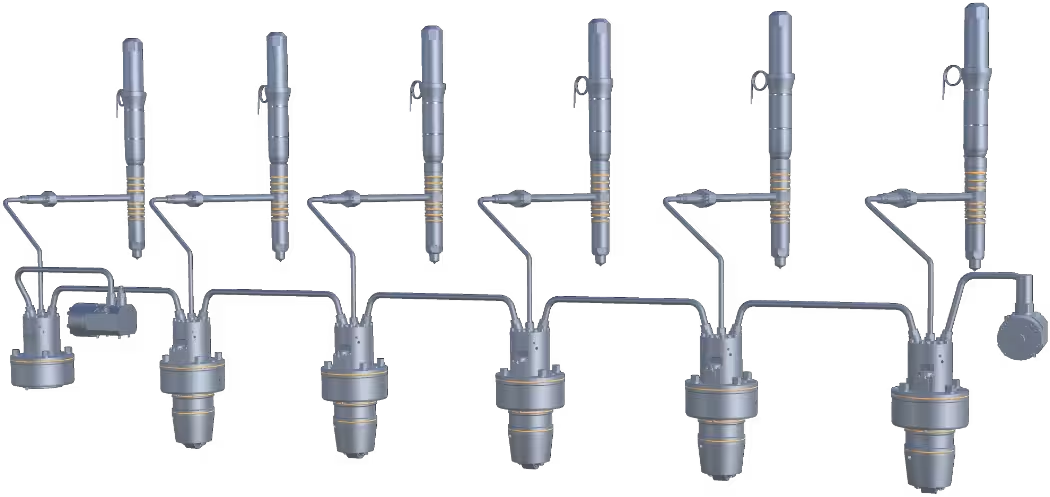MAN introduces second-generation common-rail injection system
7 September 2024
MAN Energy Solutions announced a new generation of its Common Rail fuel injection system for its medium-speed, four-stroke engines. The CR 2.2 common rail system will eventually completely replace its CR 1.6 predecessor.
Stefan Eefting, Senior Vice President and Head of MAN PrimeServ Germany, said: “This new common-rail generation integrates the experience and lessons learned from the previous CR generation. A key development is that we have reduced our dependency on subsuppliers and brought production completely in-house, which—in dispensing with external partners—greatly simplifies the technical side of things for us.”
The new CR 2.2 system is based on the CR 1.6’s field experience running over 17 years on over 500 engines in different applications and fuels. Its core components comprise an optimized high-pressure pump and a newly developed injector, integrating the CR 1.6 valve group. The CR 2.2 system is initially being introduced via the MAN 49/60DF engine.

MAN ES reports that CR 2.2 can boast of up to 38% increased rail-pressure for all applications, and over 33% increased target time-between-overhaul intervals for most components. The CR 2.2 system features some 35% fewer high-pressure connections, meaning a significantly reduced risk of leakages and greater service-friendliness.
The features of common-rail 2.2 include:
- an increased system pressure up to 2,200 bar to comply with future emission limits while offering reduced fuel consumption;
- an electronically-controlled injector including an accumulator enabling greater flexibility with multiple injections and better stability during an injection event;
- a reduced modular design for simplified service and allowing more free space for engine maintenance;
- a platform for a variety of fuels including HVO and FAME;
- a proven technology that implements all safety functions from CR 1.6;
- delivers lower fuel-oil consumption, soot emissions, mechanical load to the engine (due to the reduced pressure-rise gradients in the cylinder), vibration and noise.
Source: MAN Energy Solutions